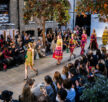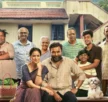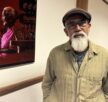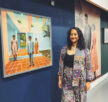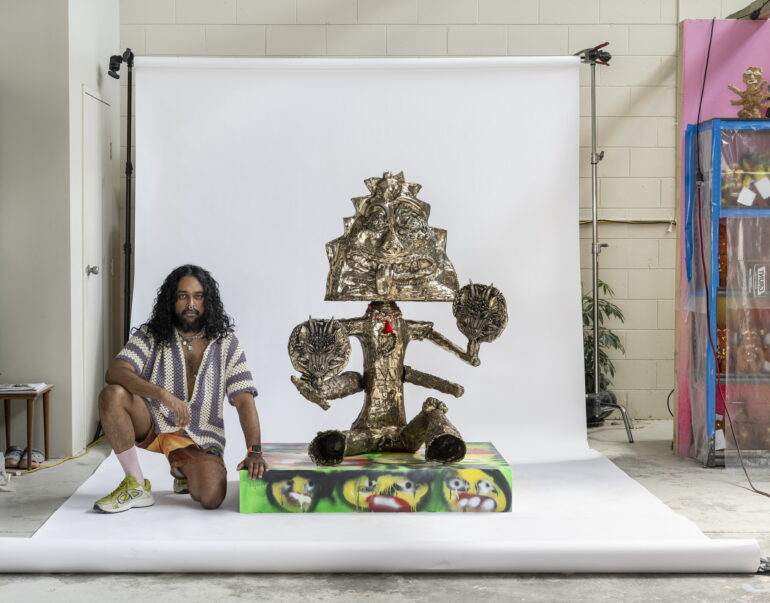

Idols of Mud and Water by Australian Tamil artist Ramesh Mario Nithiyendran
- 13th November 2023
- POST IN :CULTURE
Opening this month in the UK is Ramesh Mario Nithiyendran’s first institutional solo exhibition in Europe, funded by Creative Australia and Creative Scotland.
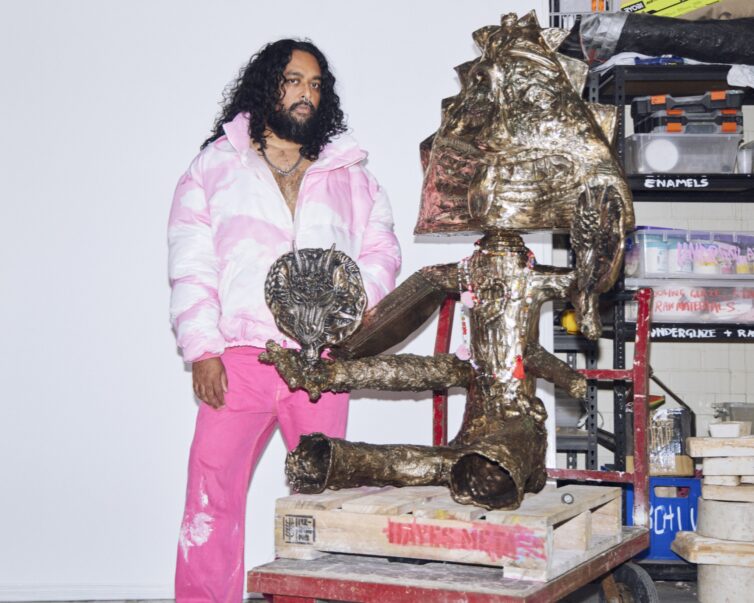
The Sydney based Tamil artist is delighted to present Idols of Mud and Water at Tramway’s main gallery, a former Tram depot in Glasgow on Friday 24th November and running until April 2024.
His work had been exhibited widely in solo and group shows across Australia, and internationally, cities including Singapore, Bangkok, Mumbai, Dhaka and Taipei.
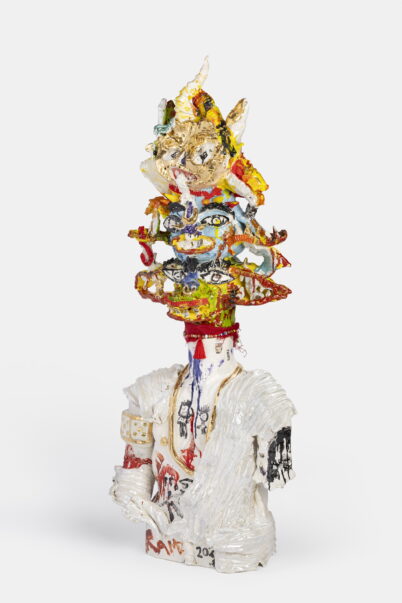
Drawing from historical figuration as well as contemporary influences, Ramesh crafts exuberant, ceramic sculptures inspired by global histories of figuration, religious iconographies and contemporary culture.
Born in Colombo in 1988, Ramesh arrived with his parents in Sydney as a Tamil refugee in 1989. His wider family practiced Hinduism and Catholicism to varying degrees, and Hindu, Christian and Buddhist cultures have coexisted and have intertwined in Sri Lanka for centuries.
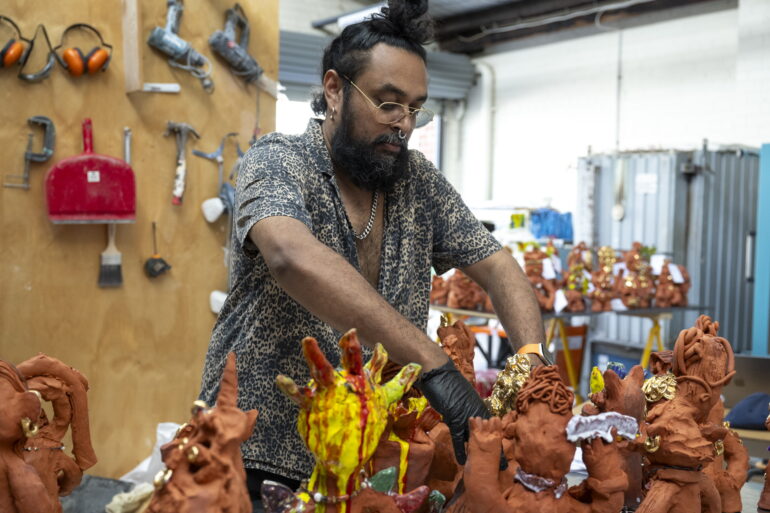
Ramesh’s ritualistic sculptures evoke ancient deities or totemic idols, gesturing to shared histories and plural cultural identities. Colourful, hybrid, human-animal sculptures echo the multifarious and coexistent belief systems that reflect the artist’s own ancestry, inspired by religious imagery and mythological narratives across South Asia.
This syncretic approach to understanding relationships between global histories and philosophies is encapsulated in his new exhibition for Tramway Idols of Mud and Water.
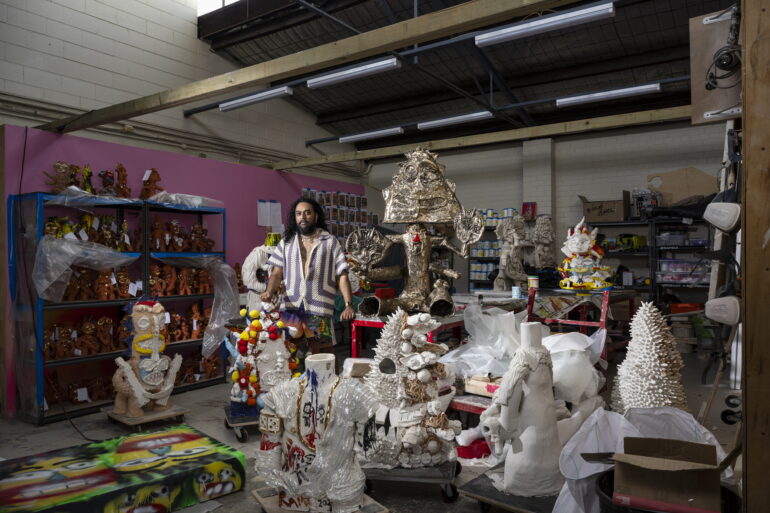
For Idols of Mud and Water, Ramesh dramatically populates Tramway’s main gallery with a melange of multi-limbed, fertility, guardian, protector, joker and warrior figures. This new body of sculptures is housed amongst an improvised, makeshift architectural ‘temple’ structure, made from a range of repurposed materials including bamboo, scaffolding and recycled timber. Connected by a narrative of mud and water, the installation evokes the feeling that visitors are entering a flooded ruin or a space of dreams and divinations. Tramway becomes, in the artist’s words, a ‘buzzing mythological playground’ in which queer politics, anthropomorphism, monumentality and popular culture combine to create new, speculative mythologies.





